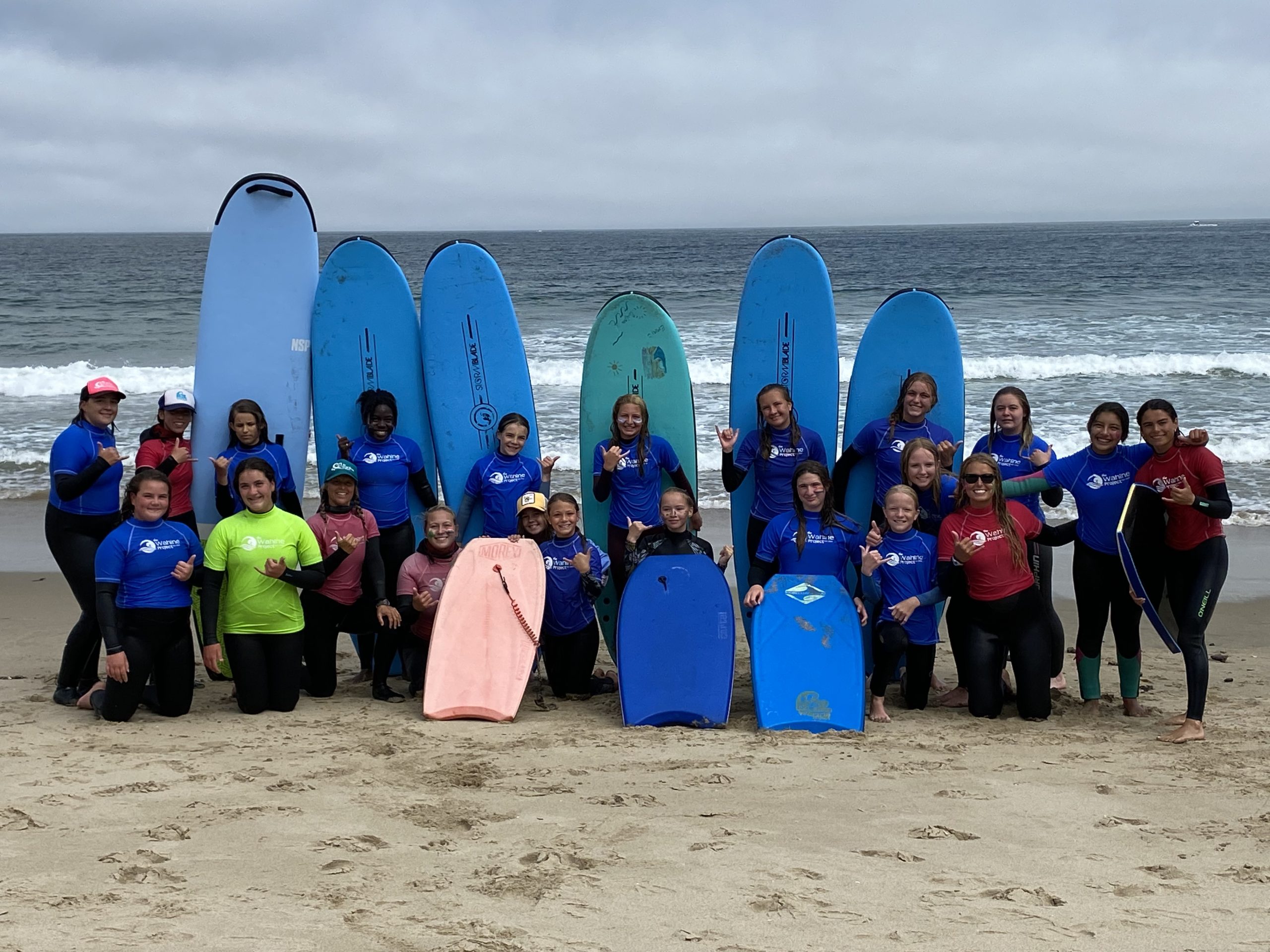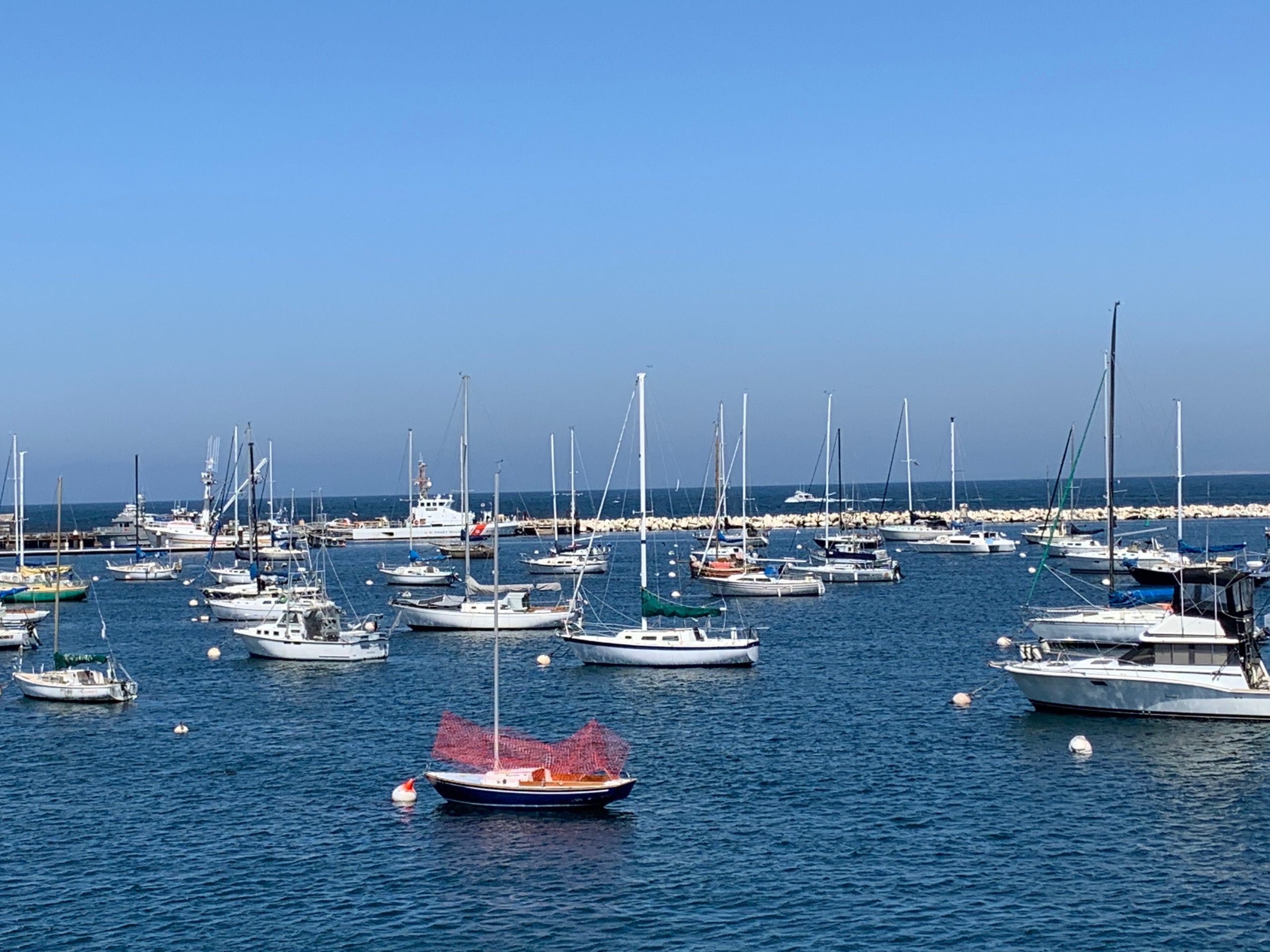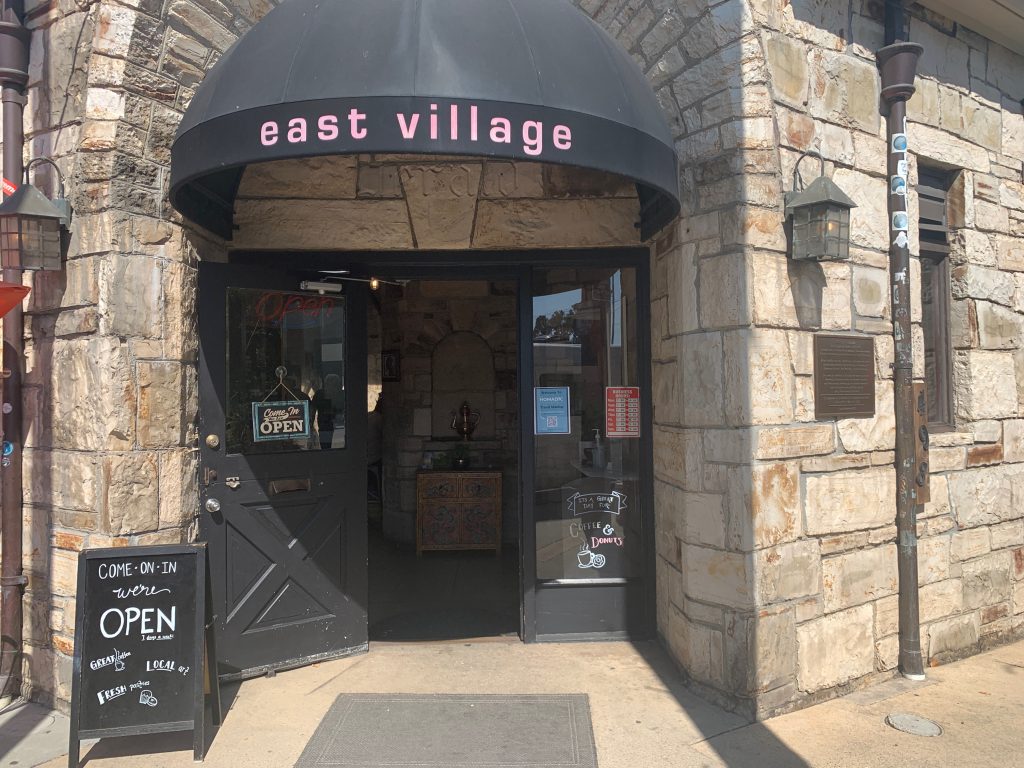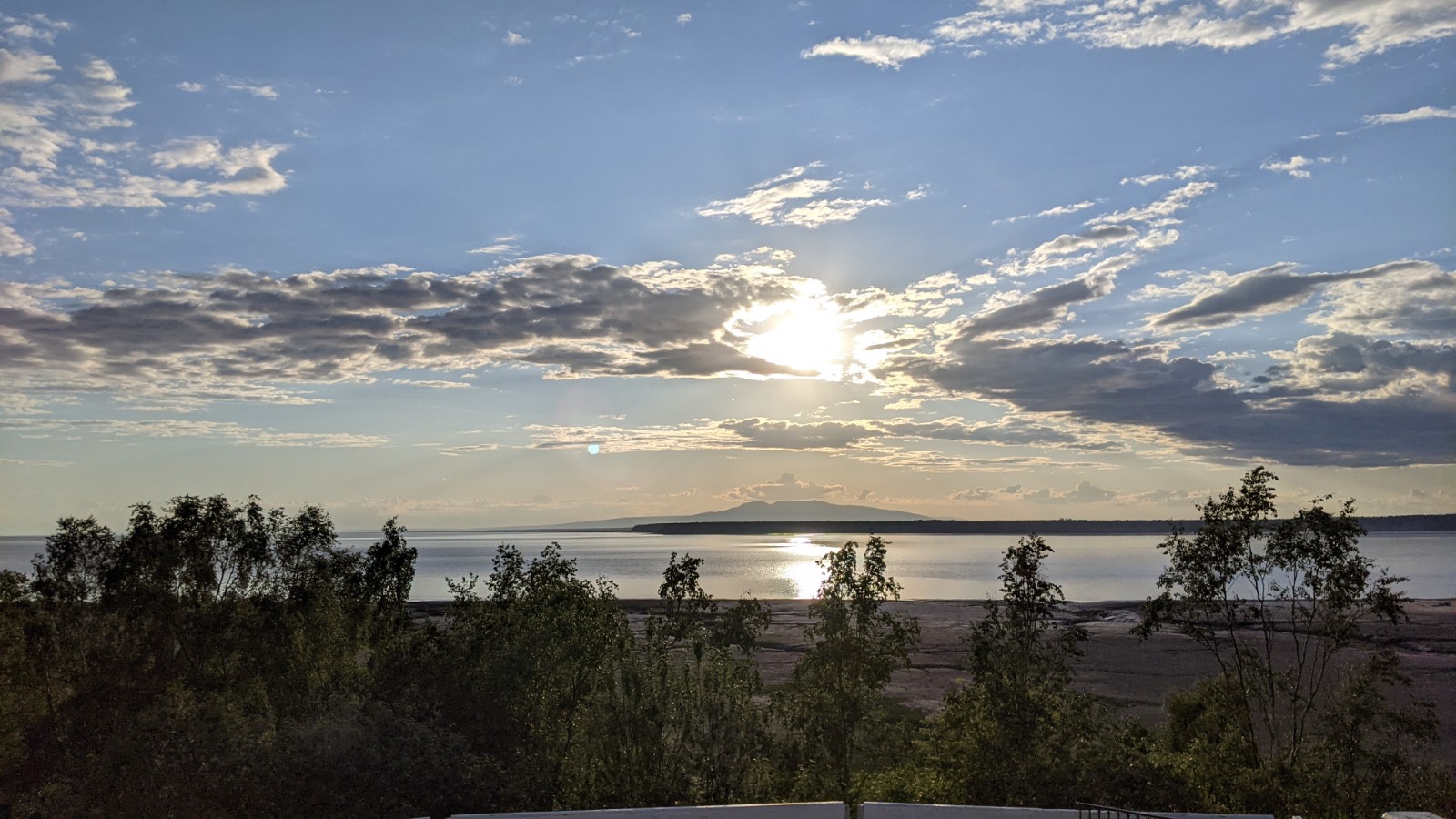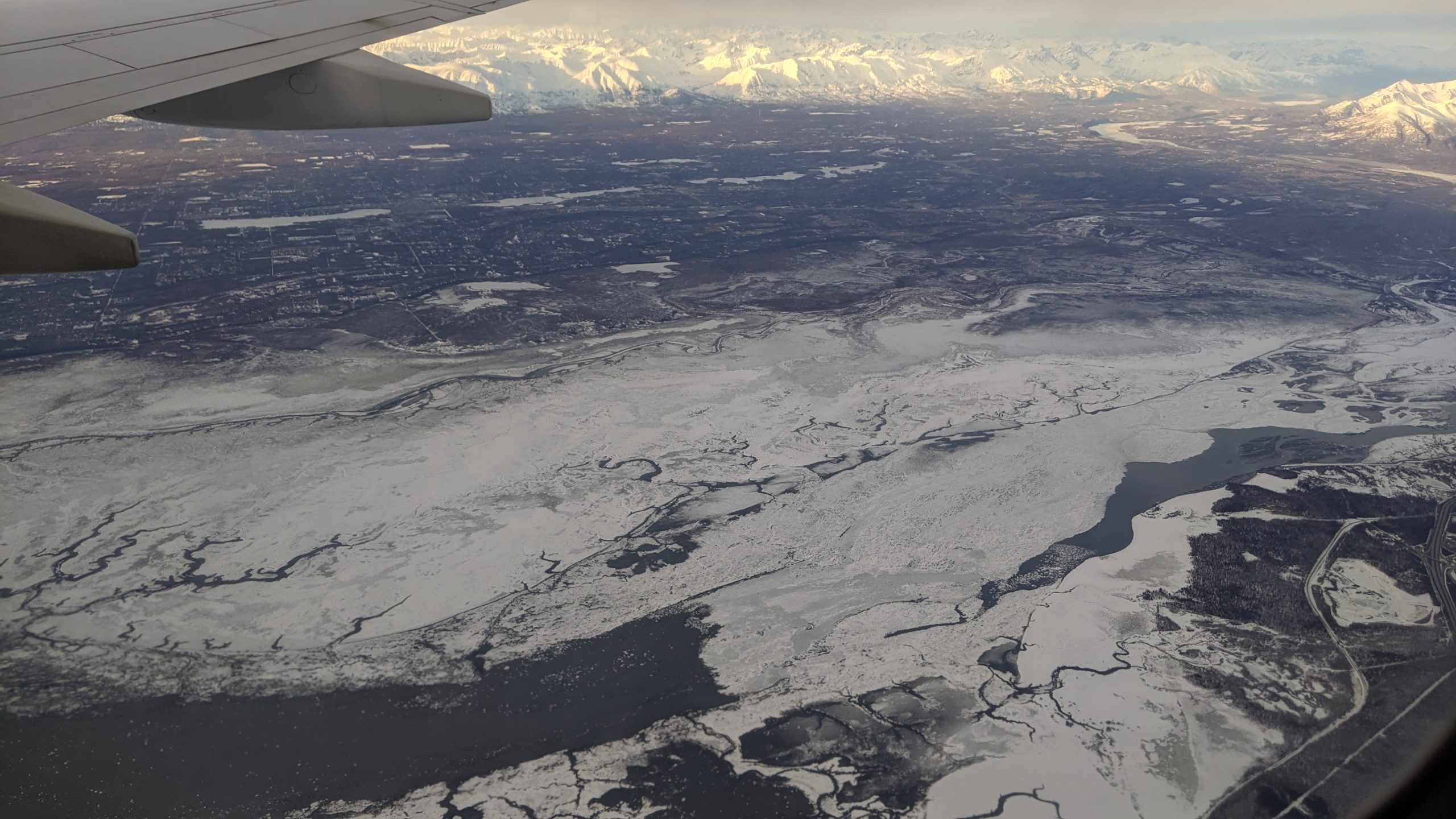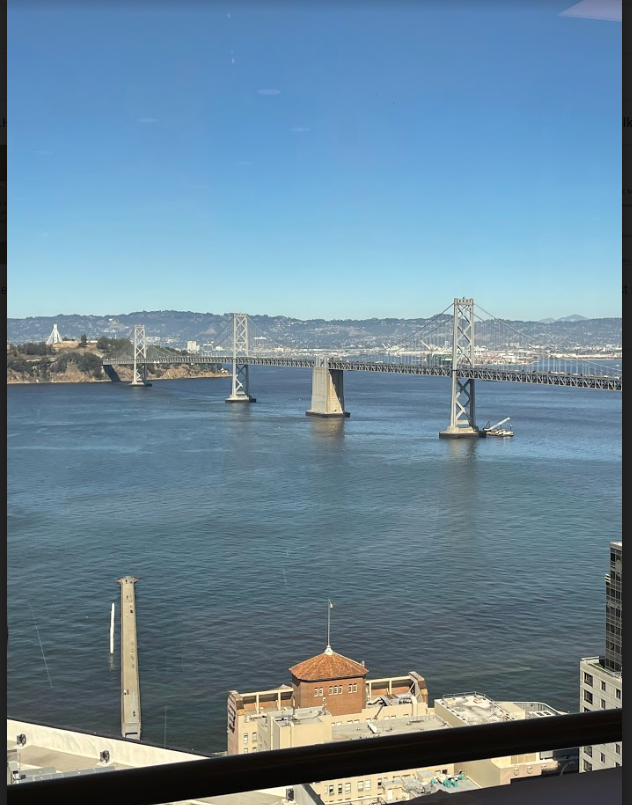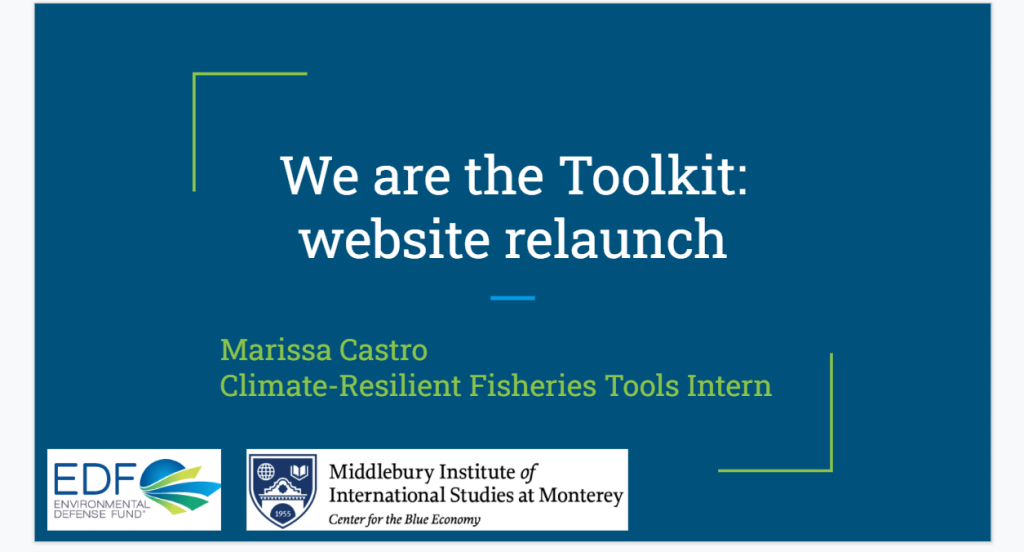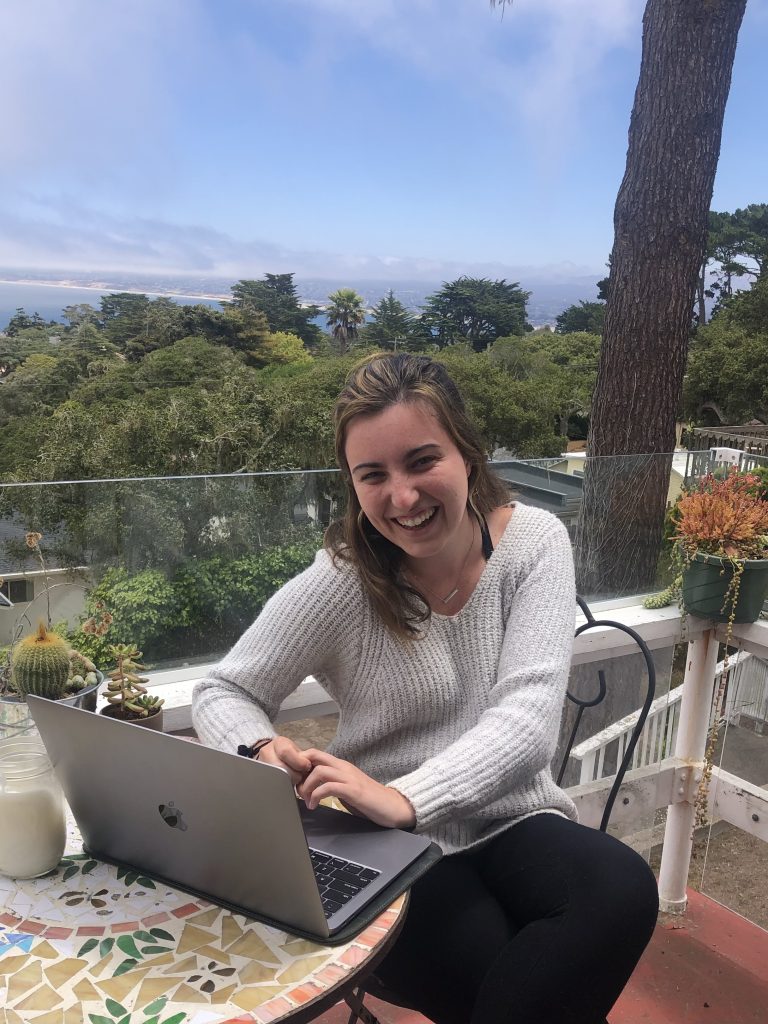
The Summer has come to a close, but my work with the Permanent Mission of Vanuatu isn’t over yet! As the school year is back in full swing, I have kept up my work with the team in New York managing our social media accounts and collaborating on our legal strategy. I’m looking forward to going to New York in October to join our team at our upcoming conference – make sure to follow our twitter account, @VanuatuUN, for more information! Until then, here are some final reflections on my time at the Mission:
What did you accomplish with your host organization? What was the impact of your work?
The work I did this summer with the Mission is ongoing and supported a lot of communication efforts with the campaign to bring climate change to the International Court of Justice. I hope that my work has contributed to the publicity of the campaign, and I know my blogs have been used as reference point for my boss when he explains the benefits of supporting this campaign in his bilateral meetings. By the end of my time with the Mission, I am also hoping that I can proudly report that we were successful in our endeavor to persuade the UN General Assembly to vote yes on an Advisory Opinion.
Describe the benefits of this experience for you professionally and personally?
On a professional level, this is the type I am interested pursuing a career in, so it was an incredible experience to be working on this campaign through the Mission. I’ve learned so much about international law and the inner workings of the United Nations, especially from a legal perspective. I’ve also been exposed to a lot of new organizations that I had never heard of before, many of which I may be interested in working for after graduation. On a personal level, this work was meaningful to me and I do feel like I am working towards a better future. I had such a wonderful experience working with the team at the Mission and I feel grateful that the CBE provided me with such a unique and fulfilling opportunity.
Did your experience provide any unexpected discovery, self-reflection, or epiphany?
My work centers around the humanity behind climate change, the real people and their stories. When we speak of the Pacific Islands being vulnerable to climate, we are speaking of people who are actively afraid of losing their home. We are speaking of people who have been fighting the western world for years to push for more drastic action through climate negotiations. And the western world has not listened. Time is of the essence. Working in the climate realm can be overwhelming; it is such a large problem and one that we cannot solve alone. It can be easy to get discouraged in this field. For me, it was reaffirming to be working with the Mission, to connect with people who continue to fight and have hope. It reminded why I am pursuing this degree, and why I want to work in this field.


